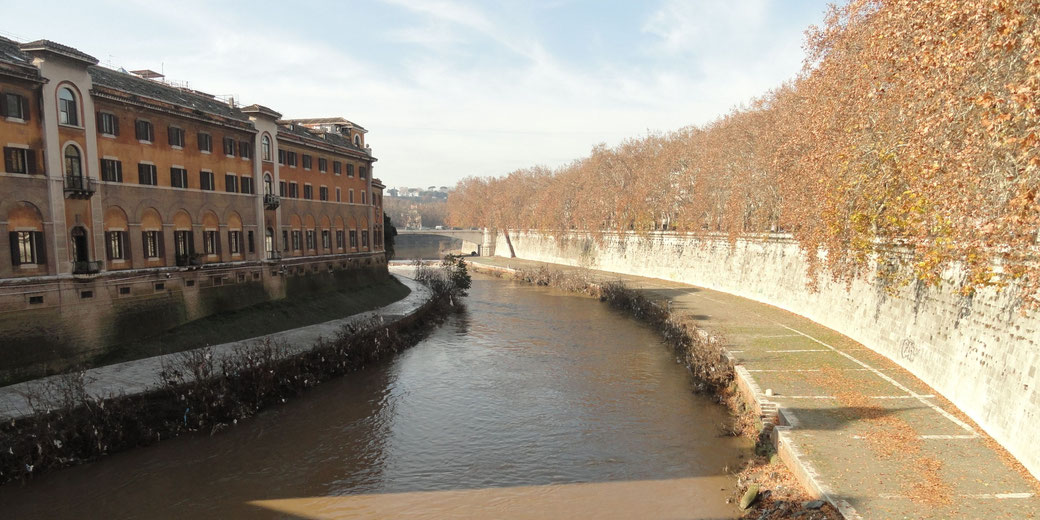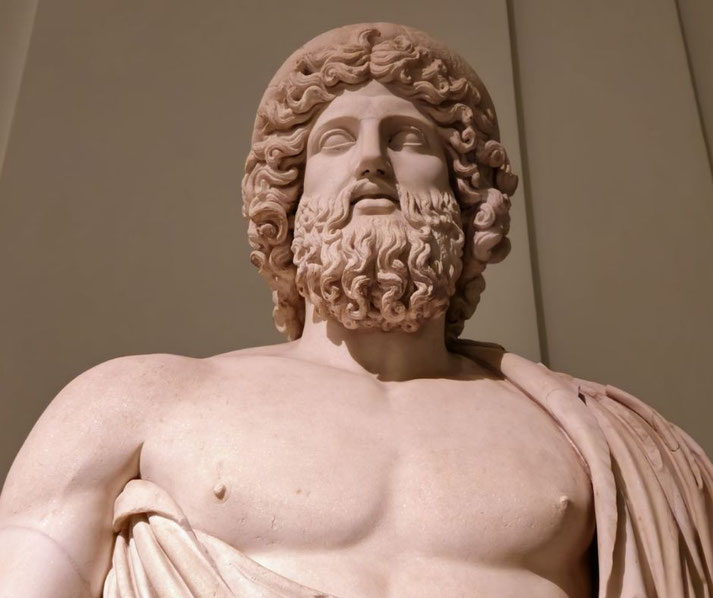The dramatic history of Tiber Island, the sacred sanctuary in the centre of Rome

Even though countless crowds of tourists flood the streets of Rome every year, many of them walk past one of the most important ancient sites without knowing what they’re missing.
Tiber Island, which sits in the middle of the famous Tiber River, was for centuries a last resort for those seeking healing where, for centuries, people visited as a last attempt at healing from terrible conditions.
But the importance of this island rose and fell with the fate of Roman civilisation itself. Then, in the Renaissance, it became a crucial centre once again.
Its unique location
Tiber Island is a unique boat-shaped island that is located in the Tiber River. It is surprisingly small.
It measures approximately 270 meters in length and 67 meters across at its widest point.
Its strategic location has made it a focal point for the city of Rome as it grew in size and importance during its 1000-year rule.
However, it was not an easy place for early people to access. Its steep banks and narrow, elongated shape meant that two bridges were needed to connect Tiber Island to the mainland.
These have become known as the Fabricius Bridge to the east, which is the city's oldest bridge still in use, and the Cestius Bridge to the west.
Earliest history of the island
One of the earliest moments in Tiber Island's history involves a severe disease outbreak during the republican era of ancient Rome.
According to legend, during a plague in 293 BC, the Romans sent a group to Greece to retrieve a statue of Aesculapius: the god of medicine.
Upon their return, as they approached the island, a sacred snake from the deity’s staff apparently slithered ashore and disappeared into a rocky area.
This was interpreted as a divine sign to build a temple there.
This temple, which was obviously then dedicated to Aesculapius, transformed Tiber Island into a major medical centre.
By 289 BC, the construction was complete. Soon, it drew those seeking cures from all across the Roman world.
Sadly, the original temple no longer exists, but the foundational structures discovered through various excavations suggest that it was a particularly large structure compared to those in the city itself at the time.
How were people healed at Tiber Island?
Pilgrims who suffered from various illnesses travelled great distances to seek cures because they believed strongly in the temple’s divine healing powers.
This phenomenon, known as incubation, involved patients sleeping in the temple.
Many were hoping to receive a dream that revealed a cure from Aesculapius himself.
As can be seen, ancient Roman medicine was closely linked to their spiritual beliefs. They believed that health and divine intervention were inseparably linked.
Moreover, the island's isolation from the main city helped in maintaining a quarantine zone, which controlled the spread of diseases among the populace.
As a result, this location advantage ensured that Tiber Island remained an essential part of Rome's health system until the Empire’s collapse in the late 5th century.

Middle Ages and Renaissance
For five hundred years, Rome remained a smaller city as the Dark Ages swept through Europe.
Then, during the Medieval period, the city began to grow again. At this time, Tiber Island was an important fortress in the midst of Rome.
Also, the island housed the Basilica of St. Bartholomew, established by Emperor Otto III around the year 998.
This basilica was built over the ruins of the ancient Temple of Aesculapius, and the saint’s remains were placed within.
This was done to symbolically replace the pagan site with a Christian one dedicated to one of the apostles.

Similarly, in the Renaissance, Tiber Island maintained its role as a centre of medical care.
In 1584, the hospital of Fatebenefratelli was founded: an institution that played a key role in advancing medical practices during a period defined by important scientific and artistic revival across Europe.
Then, Tiber Island was the site of the Roman Ghetto, which was established in the 16th century.
The island's close location to the newly segregated area meant it was often a passageway for the Jewish community and a key point of interaction between different parts of Roman society.
In this regard, the island played an important role in the city’s social changes.
Important architecture today
As a result of this long history, Tiber Island is now a mix of fascinating architectural styles that mirrors the various epochs of Roman development.
The Basilica of St. Bartholomew used Romanesque features, which featured walls built with considerable mass and solidity alongside arches that formed smooth curves; prominent in medieval ecclesiastical structures.
The Renaissance Fatebenefratelli Hospital is a prime example of Renaissance architecture, noted for its balanced proportions and symmetry.
This building featured pilasters and arched windows. In the modern era, the hospital underwent various renovations to meet modern medical needs while retaining its historical facade.
Additionally, the addition of modern safety and accessibility features within the ancient pathways and bridges shows an effective preservation approach.
Such adaptations ensure that the island remains operational and relevant and it now serves both as a medical hub and a historical monument.
What do you need help with?
Download ready-to-use digital learning resources
Copyright © History Skills 2014-2025.
Contact via email
With the exception of links to external sites, some historical sources and extracts from specific publications, all content on this website is copyrighted by History Skills. This content may not be copied, republished or redistributed without written permission from the website creator. Please use the Contact page to obtain relevant permission.





